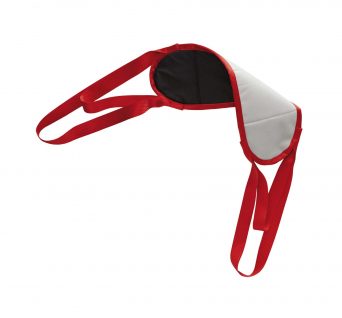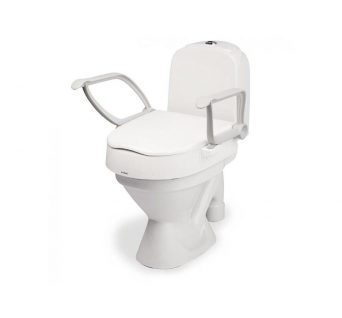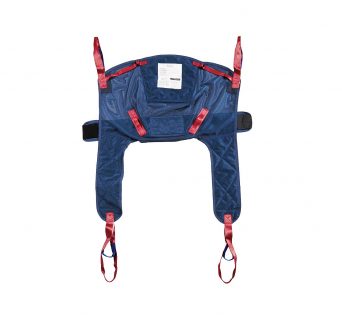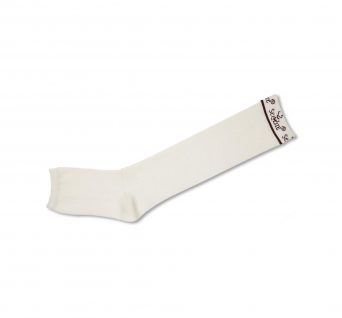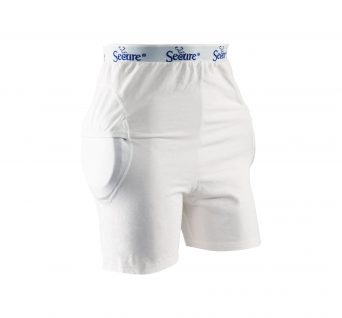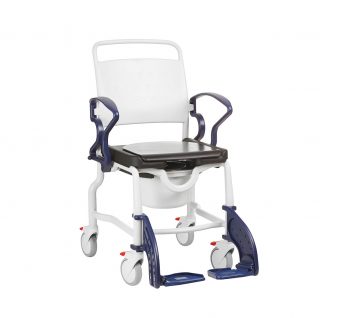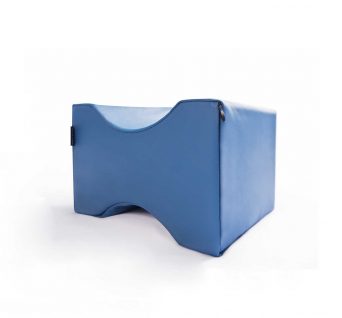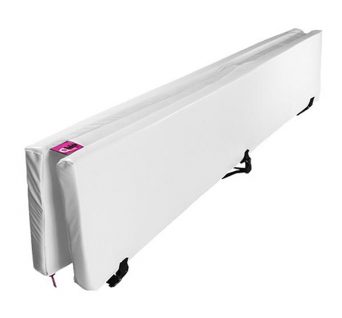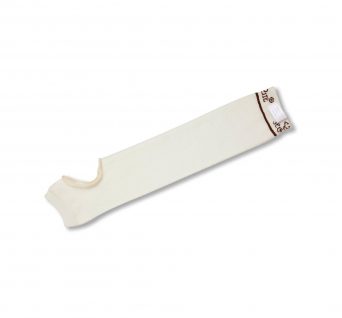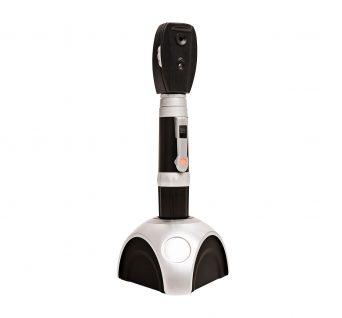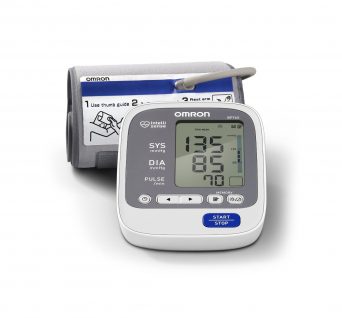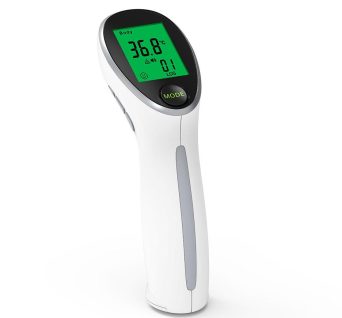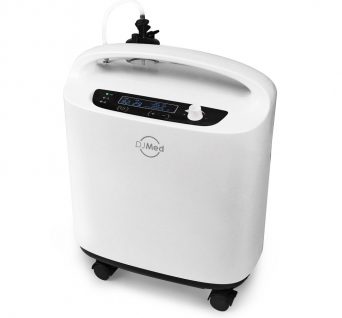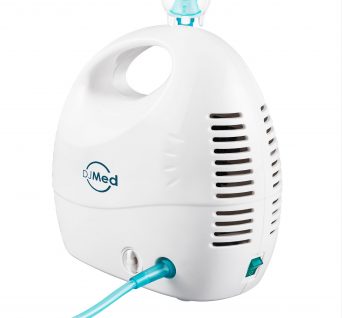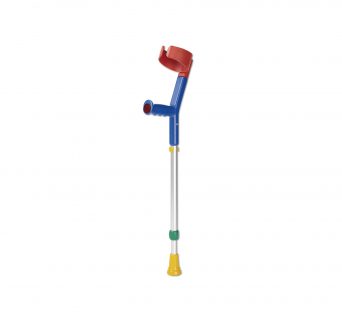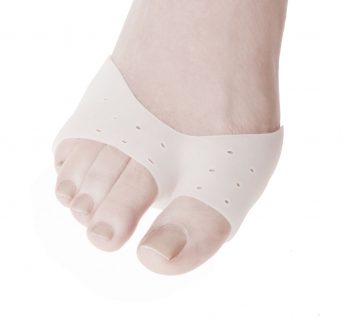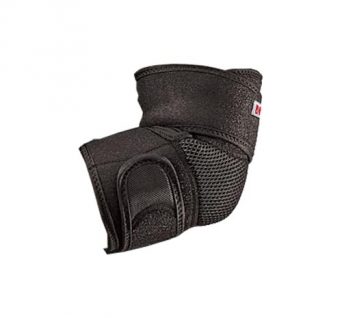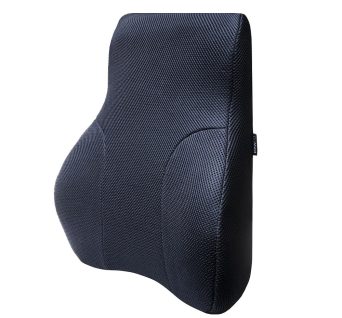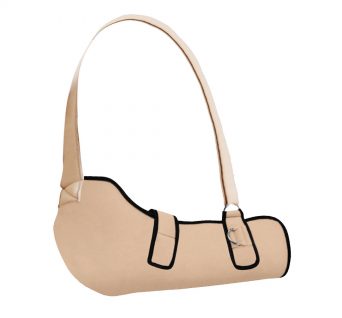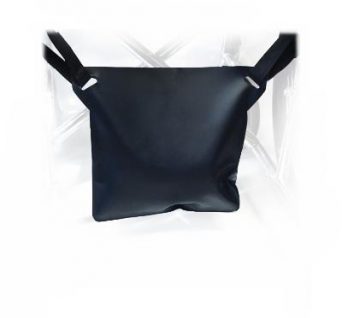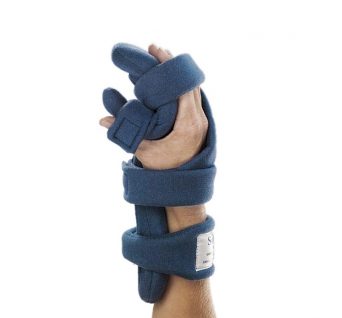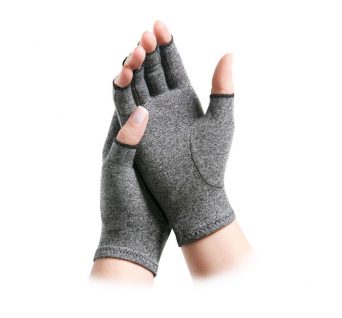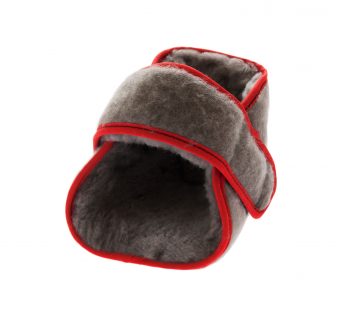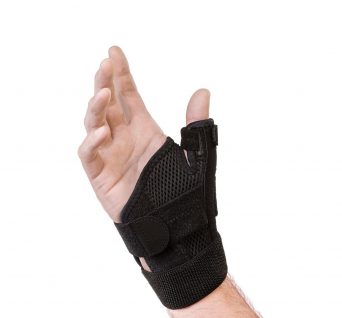No products in the cart.
Thumb Splints
Showing the single result
- Thumb Splints
Thumb Brace
Support & Stabilise Thumb – For Injury, Pain & Trauma – Breathable Material
Thumb Brace is made with high quality materials to provide long lasting support to the thumb. This is ideal for sufferers of many types of injury, pain, or trauma to the thumb and surrounding areas. The stabilizer provides support specifically to the metacarpophalangeal joint.
SKU: 3276
Thumb Splints, Thumb Support, Thumb Braces & Thumb Spica Brace
Thumb splints are orthopedic devices that are designed for pain, deformities, thumb injuries, or inflammation. They address each specific requirement and come in a vast selection of various sizes, styles, and configurations.
Thumb splints can be dynamic or static with styles that extend to the forearm or that just support the thumb to provide support for both the wrist and thumb depending on the individual’s situation. Thumb splints can be configured to keep the thumb immobilised and keep the entire hand from moving, while still allowing the fingers to move. They are used to enhance healing and provide support.
What are Thumb Splints?
Our thumbs endure much stress every day, but most people don’t think about this. For example, the thumb performs one pound of pinching and index finger produce six to nine pounds of pressure at the usual base of the thumb. It is no wonder that arthritis and thumb injuries occur frequently.
A thumb splint can specifically immobilise the injured thumb with support, protection, and healing without running the risk of further injuries. This approach gives the thumb an additional time to heal and rest. These helpful splints may be custom-made to better conform to an individual hand shape and can be prefabricated with some adjustable features to suit individual needs. They are constructed with soft, special plastics and breathable fabrics to primarily support the metacarpal bone of the thumb and the carpometacarpal joint at the base of the wrist.
The splint is connected to the hand and may extend to the patient’s forearm to offer additional wrist and thumb support if injuries or affected individual requires it. There are splint designs available to include if other fingers are also affected. Thumb splints may be universal, can work for either hand or may come in either left-hand or right-hand design. A Spica splint is known as an orthopedic splint, which consists of a fabric-enclosed metal with a liability that can be formed according to the shape and size of the affected hand. Spica splints are employing Velcro strips to maintain and secure the splint comfortably on a variety of different hands and immobilise the thumb or wrist, which allow the rest of the fingers to move freely.
What Type of Thumb Splint is Perfect for Me?
Before selecting a thumb splint you should always contact your doctor, there are some guidelines to follow in the selection process. Below are some common reasons and conditions for using a thumb splint:
Repetitive strain injuries
The use of functional thumb orthoses for repetitive strain injuries like tenosynovitis, DeQuervain’s syndrome and skier’s thumb could benefit an individual. Various wrist splints and thumb splints can significantly aid healing and relief pain and can help to keep the wrist or thumb from moving.
Fractured or sprained bones
Thumb splints are used to treat and prevent broken bones once they happen. Splints with extra padding help provide added protection against injury and are ideal to use during exercise or while engaging in sports. Your ability to hold objects can be severely affected by broken thumbs, but a variety of splints can help the thumb to heal fast, protect the thumb and hand from further damage and reducing pain and inflammation.
Post-surgery
To make sure that the thumb heals properly and remains immobilised, most of the thumb surgeries will have to wear a thumb splint for weeks after surgery. Your doctor should decide the type of splint your surgery requires and the compliance key to complete recovery.
Arthritis
Arthritis of the thumb happens when the cartilage is worn out from the bones in the thumb join, and they are known as basal joint arthritis. Many basal arthritis joint also sufferers some modicum relief from pain and inflammation, and this condition is caused by wearing specific types of thumb splints and supports.
Disabilities
Individuals that experience strange anatomy issues, where connective tissues pull back the person into unusual configurations or who experience spastic muscle movements may benefit from using specified wrist and thumb splints. Splinting enhance functionality and can help to keep the fingers, thumb, and hand in the correct position.

